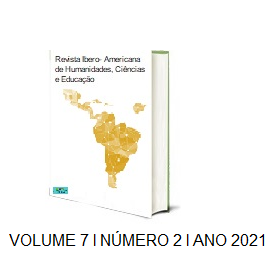LEARNING OBJECT — TEACHING LINEAR EQUATION SYSTEMS APPLIED IN CIRCUITS
DOI:
https://doi.org/10.51891/rease.v7i2.598Keywords:
Learning Object. Mathematics teaching. Systems of linear equations. Mesh circuits.Abstract
The present study, despite not being a new subject in the educational scope, comes to collaborate with the theme is Pedagogical practice, in the Teaching of Systems of Linear Equations, it had as presupposition the elaboration of a Learning Object for the High School and Professional Education, which was developed as a dynamic and interactive method for teaching and learning this content. The methodology employed sought to instrument computer technology in the elaboration of a Learning Object, developed and implemented in its plurality in the GeoGebra and Notpad ++ software through a didactic sequence. The activities in this sequence were designed and applied to high school and professional education students. It is expected that the Learning Object will contribute to the reflection and better understanding of the students, enabling a relationship between the contents of Mathematics and the technical areas in solving loop problems. The Learning Object was made available on the website (http://www.fabioramos.mat.br/), aiming at the (re) use by teachers, researchers and students.
Downloads
Downloads
Published
How to Cite
Issue
Section
Categories
License
Atribuição CC BY

